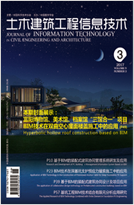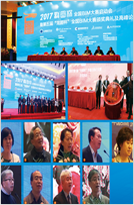Abstract:
Wind load was often the key load for the safety and comfort of super-tall building structures.Large eddy simulation(LES)technique combined with a new inflow turbulence generator(NSRFG)was employed to study the wind effects on tapered building models with different tapers, which aimed to compare the effect of different taper on wind loads and wind-induced responses of the structure and validate the applicability of the numerical method of this paper.Numerical simulation showed thatthe distributions of the average and fluctuating pressure on building surfaces were similar, whilefor the wind-induced response, the peak base bending moment(BBM)of different models in across wind direction decreased remarkably with the increasing of the taper.Therefore, a building with bottom-up gradually shrinking and an appropriated tapershape can effectively decrease the aerodynamic wind load in across-wind direction.In addition, results from the numerical simulation were coincided with that from the wind tunnel test in the whole, which indicated that LES technique combined with an appropriated inflow turbulence generator would havecertain accuracy and canprovide valuable reference to the aerodynamic shape optimization of super-tall buildings.










 下载:
下载: